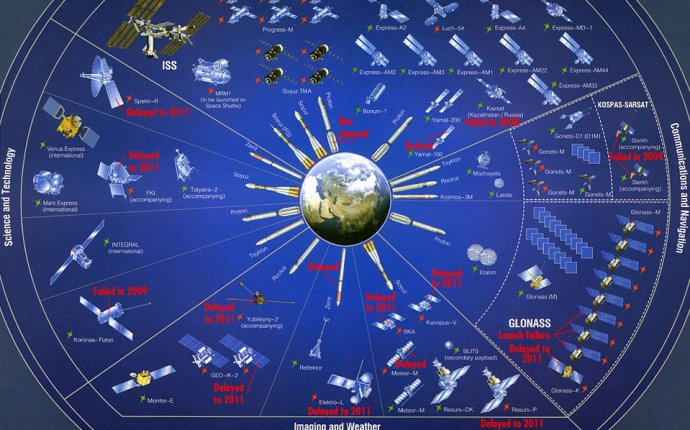
Space exploration Missions
 Is a Habitat on an isolated Mars-like site on the Mauna Loa side of the saddle area on the Big Island of Hawaii at approximately 8200 feet above sea level. HI-SEAS is unique, in addition to its setting in a distinctive analog environment, as:
Is a Habitat on an isolated Mars-like site on the Mauna Loa side of the saddle area on the Big Island of Hawaii at approximately 8200 feet above sea level. HI-SEAS is unique, in addition to its setting in a distinctive analog environment, as:
- we select the crew to meet our research needs (in serendipitous analogs, such as Antarctic stations, crew selection criteria are not controlled by researchers);
- the conditions (Habitat, mission, communications, etc.) are explicitly designed to be similar to those of a planetary exploration mission;
- the site is accessible year round, and has very little variation in weather, allowing longer-duration isolated and confined environment studies than at other locations;
- the Mars-like environment provides for high-fidelity analog tasks, such as geological field work carried out by human explorers and/or robots.
The HI-SEAS Habitat is semi-portable, low-impact, and designed to have all the desirable analog features specified in Keeton et al (2011). It has a habitable volume of ~13, 000 cubic feet, a usable floor space of ~1200 square feet, and small sleeping quarters for a crew of six, as well as a kitchen, laboratory, bathroom, simulated airlock and ‘dirty’ work area.
The HI-SEAS site has Mars-like geology which allows crews to perform high-fidelity geological field work and add to the realism of the mission simulation. The Martian regolith examined by the CheMin instrument (Blake et al. 2012) is very similar to the weathered basaltic materials found in this part of Hawaii. The site is a former cinder rock quarry on the side of a spatter cone. It is surrounded by relatively recent lava flows with very little plant or animal life present. None of the sparse flora or fauna is rare which mitigates the likelihood of adverse environmental impact due to mission activities. The flows include a wide variety of volcanic features to explore, such as lava tubes, skylights, channels, and tumuli. The HI-SEAS site is visually isolated, yet accessible by a dirt road, and a hospital and other emergency services are within a one hour driving distance (much less by helicopter). It has a cool, dry climate that varies very little over the year, enabling long-duration missions.











